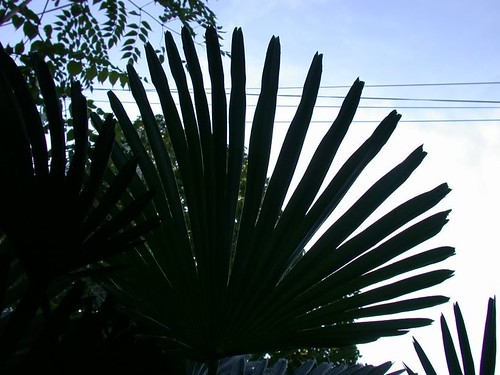
For the last two decades, some of the more adventurous gardeners in the Washington, DC area have been planting Trachycarpus fortunei, commonly known as "windmill palm". Although the dwarf palmetto (Sabal minor) and needle palm (Rhapidophyllum hystrix) are considerably hardier, the windmill palm is the hardiest of the palms that grow trunks and can properly be called "palm trees". Exactly how hardy is still a matter of debate, and our coldest winter in 20 years will surely put these palms to the test. A general rule of thumb is that single digit temperatures are likely to cause damage, and temperatures below zero will cause massive damage and in many cases kill the palm outright (although duration of the cold is also critical). This makes windmill palms marginal in zone 7: sooner or later, they will experience temperatures capable of killing them.
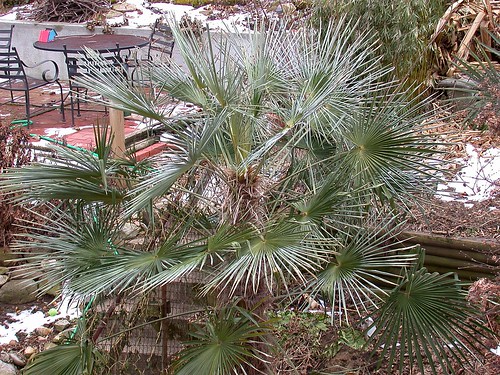
Trachycarpus fortunei "Bulgarian", showing severe freeze damage
I've shown a lot of photos of my own palms on this blog (for example see Palm progress, 2009-2013) but now it's time to share some of the other specimens I've come across in recent years. Some of these palms were planted in the 1990s, some more recently. The photos below are by no means comprehensive; I know of at least 3 more in the city for which I don't have photos, and several more outside the city. There are surely more tucked away in private gardens. It seems that every time I turn around I stumble upon another one. The question now is, how many of these palms will still be alive this spring? After January lows of 5 degrees and below, many of these palms will be looking like my own in the photo above!
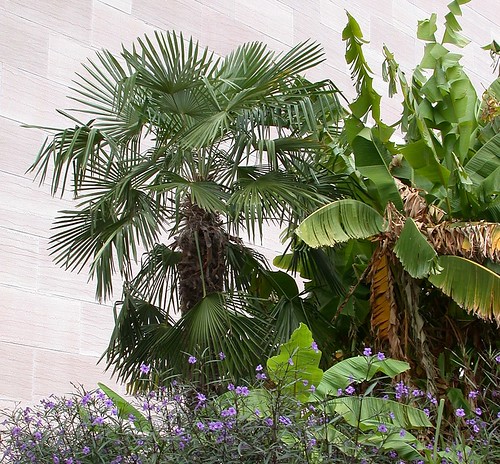
National Air & Space Museum, Washington, DC (original uncropped photo here)

Shaw neighborhood, Washington, DC (original uncropped photo here).
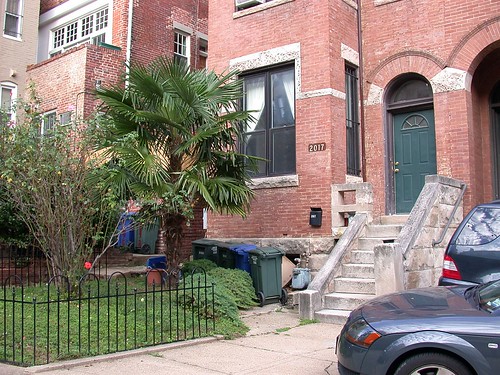
Adams Morgan neighborhood, Washington, DC
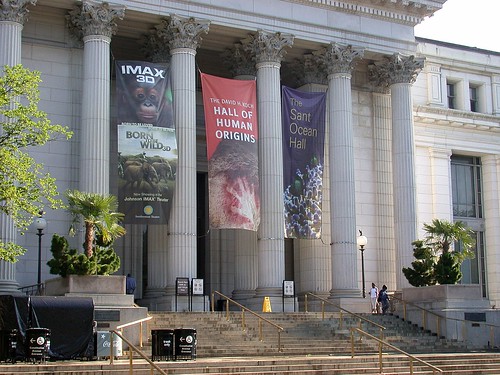
National Museum of Natural History, Washington, DC (another view here)
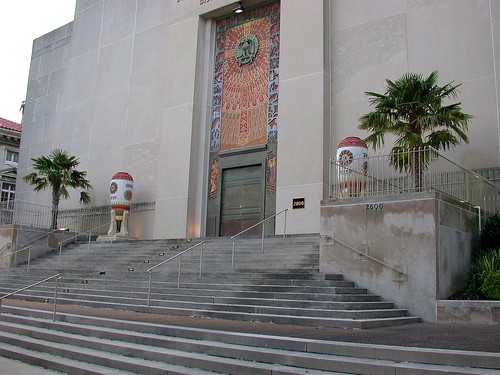
Scottish Rite Temple, Washington, DC (see The saga of the Scottish Rite Palms)
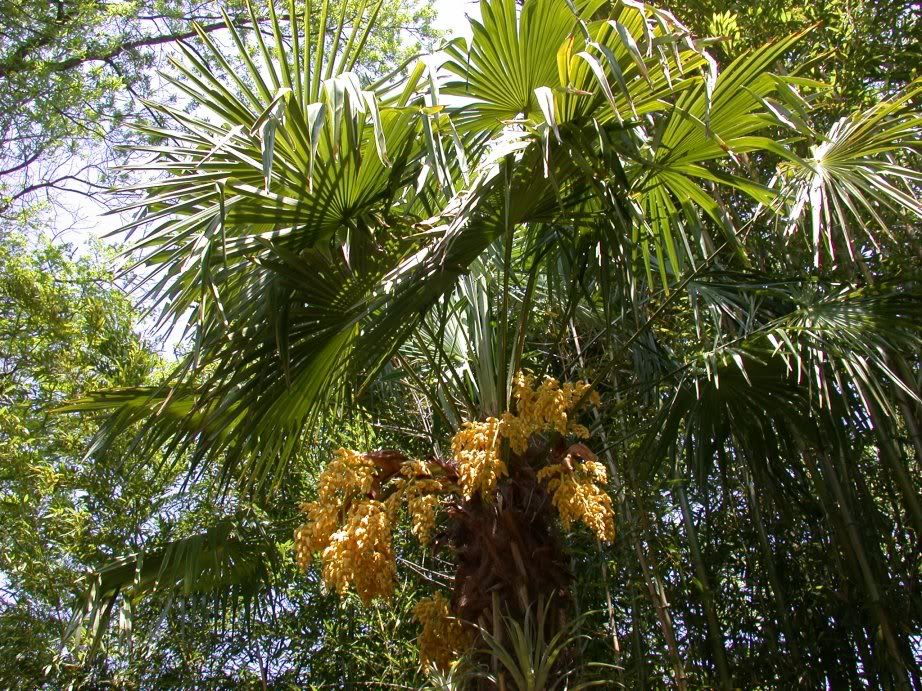
Private garden, Silver Spring, Maryland (another view here)
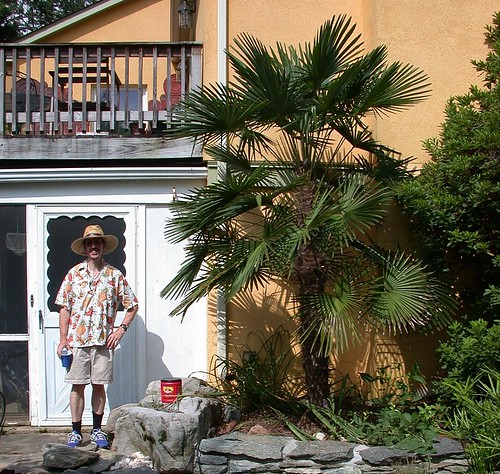
Private garden, Kensington, Maryland (original uncropped photo here)
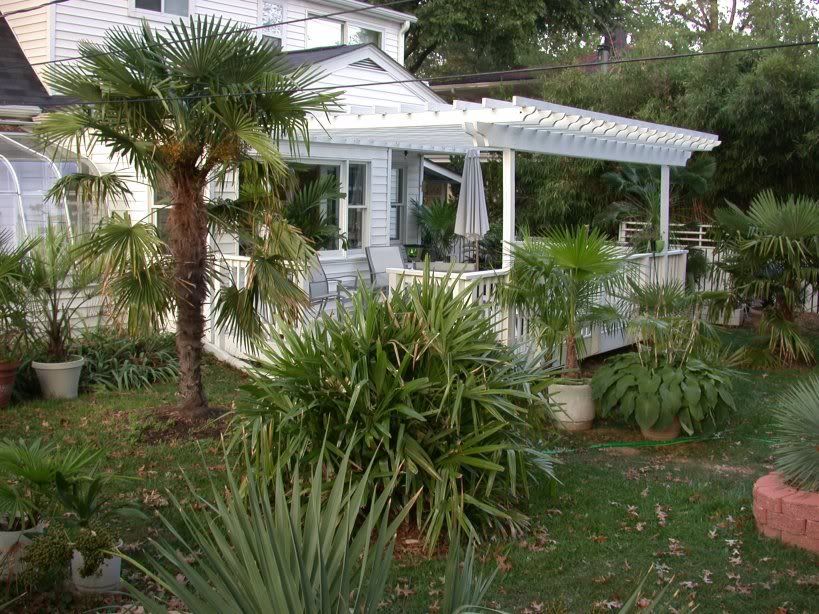
Private garden, Arlington, Virginia (another view here)

Private garden, Arlington, Virginia (another view here)
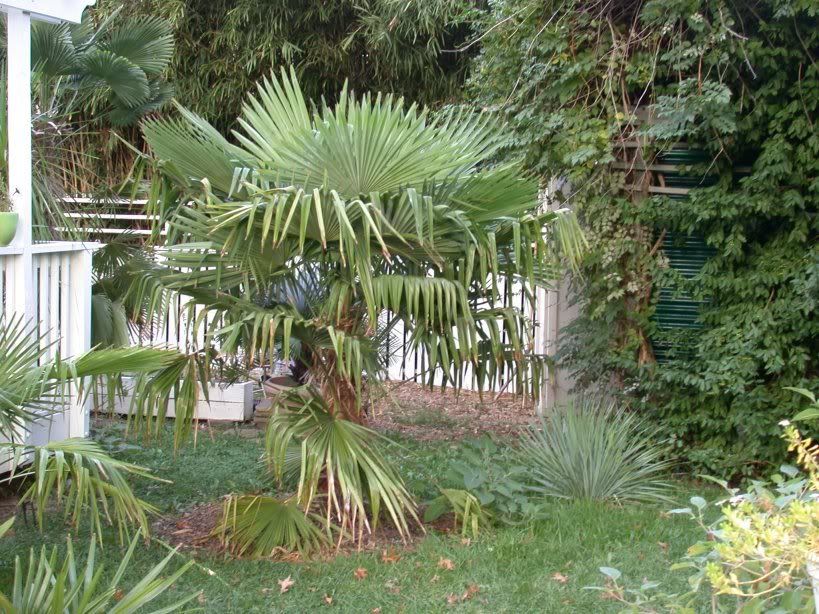
Private garden, Arlington, Virginia

Private garden, Alexandria, Virginia (another view here)

I hope they refoliate or continue growing. They all look very healthy and vigorous.
ReplyDeleteI think at least some of them will make it; it will be interesting to see which ones.
DeleteGreat blog John. Keep up the great work.
ReplyDeleteThanks Clint, be sure to look me up if you're ever passing through town again!
DeleteReally neat and surprising to see the Tillandsias growing on the one in Silver Spring, Maryland. I wonder if they remain there all year. All sorts of plants absolutely love growing on the fiber on my Pygmy Date Palms...impatiens, begonias, ferns, orchids, peperomias and so on. Not sure if the fiber on Trachycarpus is more, less or equally suitable. My friend has an orchid, Laelia anceps, doing really well on his. I wonder if a thick layer of plants growing on the trunk of a Trachycarpus would help or hurt in terms of cold protection. It would certainly increase the value to space ratio.
ReplyDeleteTillandsias aren't hardy here (spanish moss only marginally so) so his tillandsias are only grown outdoors during warm weather. I'm not sure what he does with them in the winter.
Delete